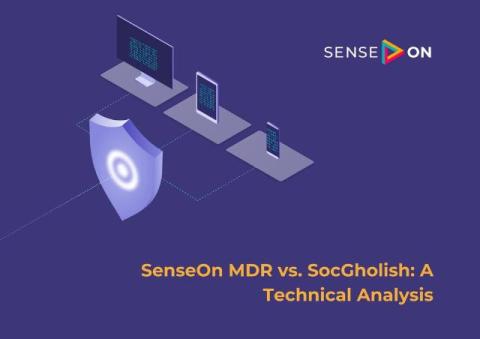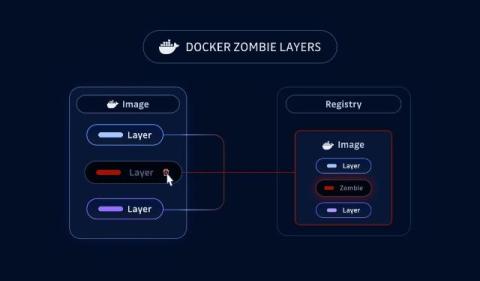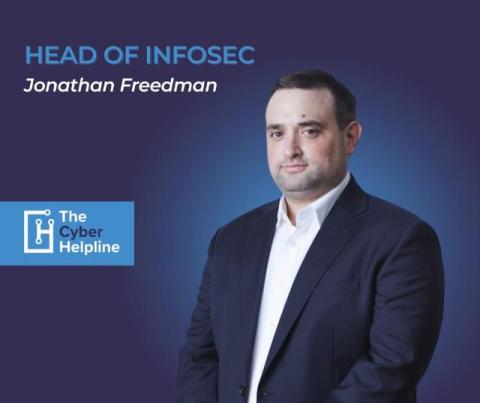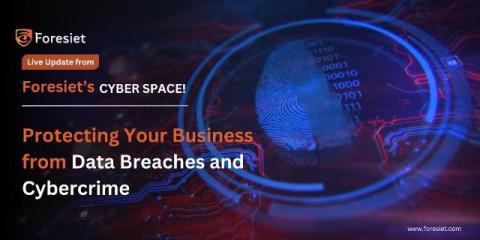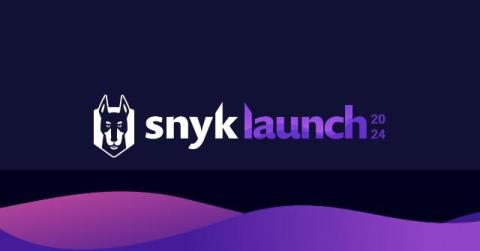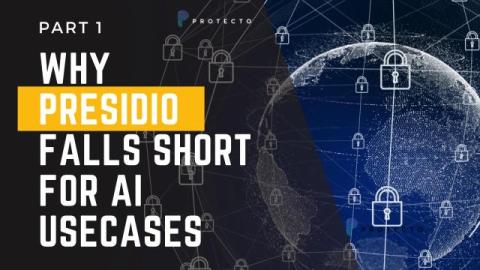SenseOn MDR vs. SocGholish: A Technical Analysis
In February of 2024, SenseOn was contacted to assist with investigating suspicious activity on a customer’s estate. SenseOn analysts quickly identified a malware infection and identified the variant as SocGholish. This blog will showcase SenseOn’s detection and response capabilities against the malware and a breakdown of SocGholish’s techniques and that of the threat actor observed.


